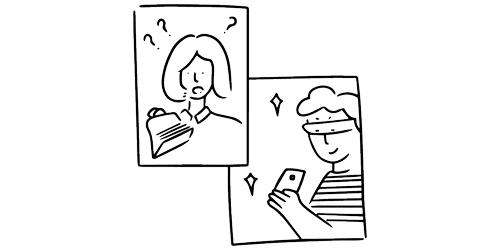Unauthorized Scams
What are they?

We can help when you’ve been charged for a payment you did not consent to or intend to make. This is referred to as ‘unauthorized fraud’. This is usually when your card is used without your permission or somebody steals your phone and uses it to send money. It can also often be when someone has tricked you into making a payment that you didn’t want to make.
If you consented to a transaction that turns out to be fraud, this is different and is treated as an Authorised Push Payment (APP) scam.
What are some examples of unauthorised transactions?
There are many ways in which fraudsters can make transactions without your consent. We recently talked about this very issue on the BBC’s Watchdog segment of the One Show. Here are some examples; but there are many, many clever ways that fraudsters find loopholes in the bank’s systems.
Shoulder surfing
The low-tech and traditional way of doing this is by watching or filming over your shoulder at a cashpoint as you enter your PIN and then stealing/cloning your card later on. However, we increasingly see people use the same PIN on their phone as their bank card or their mobile banking app PIN. Fraudsters will again watch people enter their phone PIN over their shoulder and use that to guess their banking PIN.
Remote access
We often see cases referred to as “safe account scams” where callers pretend to be from your bank and convince you that your account is compromised. Other similar scams include people pretending to be from other organisations such as Amazon or HMRC. The commonality is that they get remote access and, once you are logged into your bank, they steal the money by sending it from your account or they make transactions that trick you into approving.
Apple Pay scam
We’ve seen cases where in advance, the caller has managed to get many personal details from the customer. They pretend to be from their bank and tell them to cancel their card and that a new one is on the way. They manage to do a clever trick where they tell you to set up Apple Pay temporarily while you wait for your new card and in doing so, convince you to give them some access codes for the Apple pay registration. In reality, they are setting up your account on their own phone alongside Apple Pay and will then go on a spending spree.
Checks you can do if you are unsure if a company is legitimate
1.
Never give out any banking details or access codes
2.
If anyone calls you pretending to be from your bank or any other official body, hang up and call back on the number of the card or on their official website. Remember, fraudsters can spoof real organisation’s numbers and pretend to call you from them
3.
Don’t use the same PIN on your phone as your banking app
